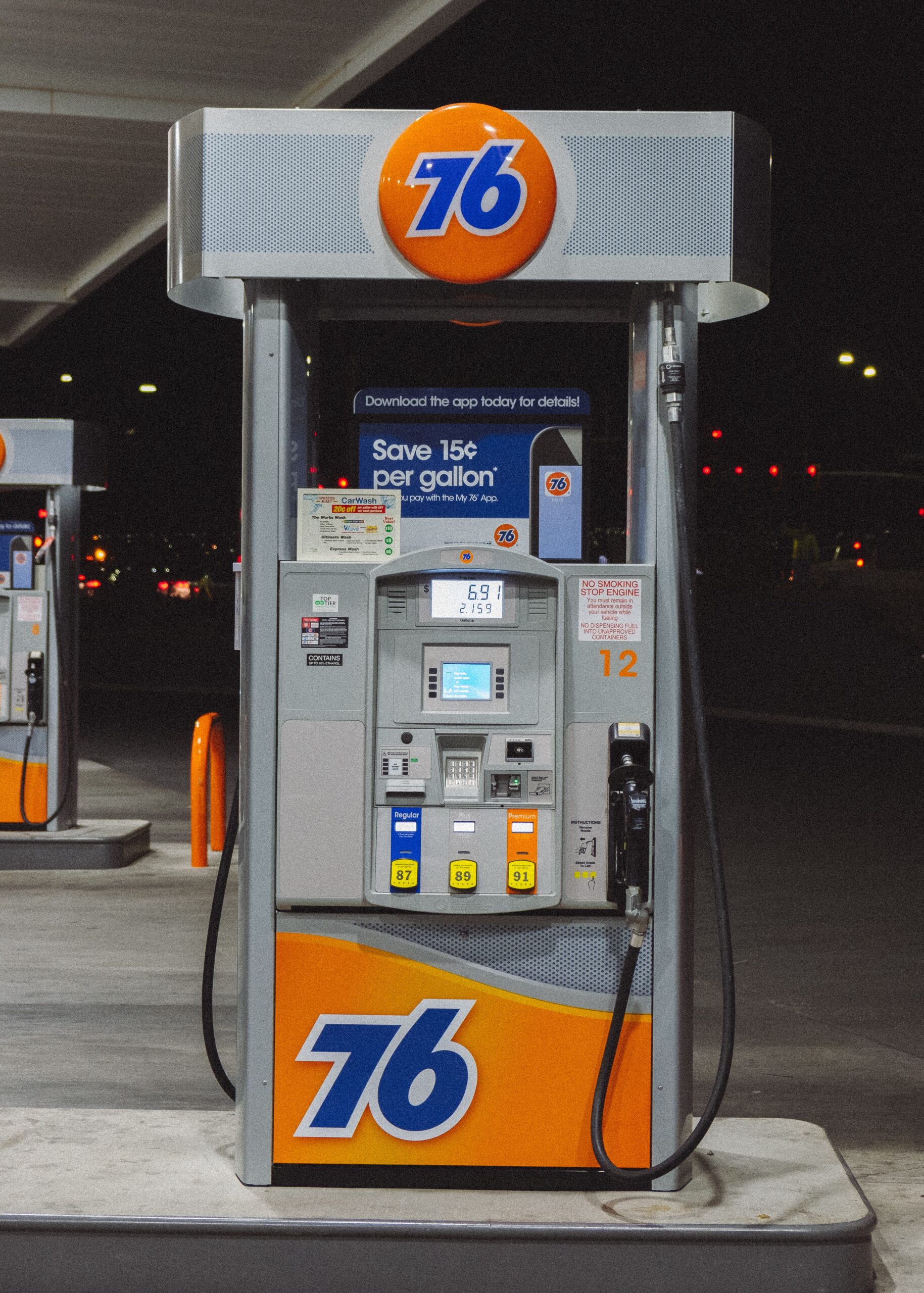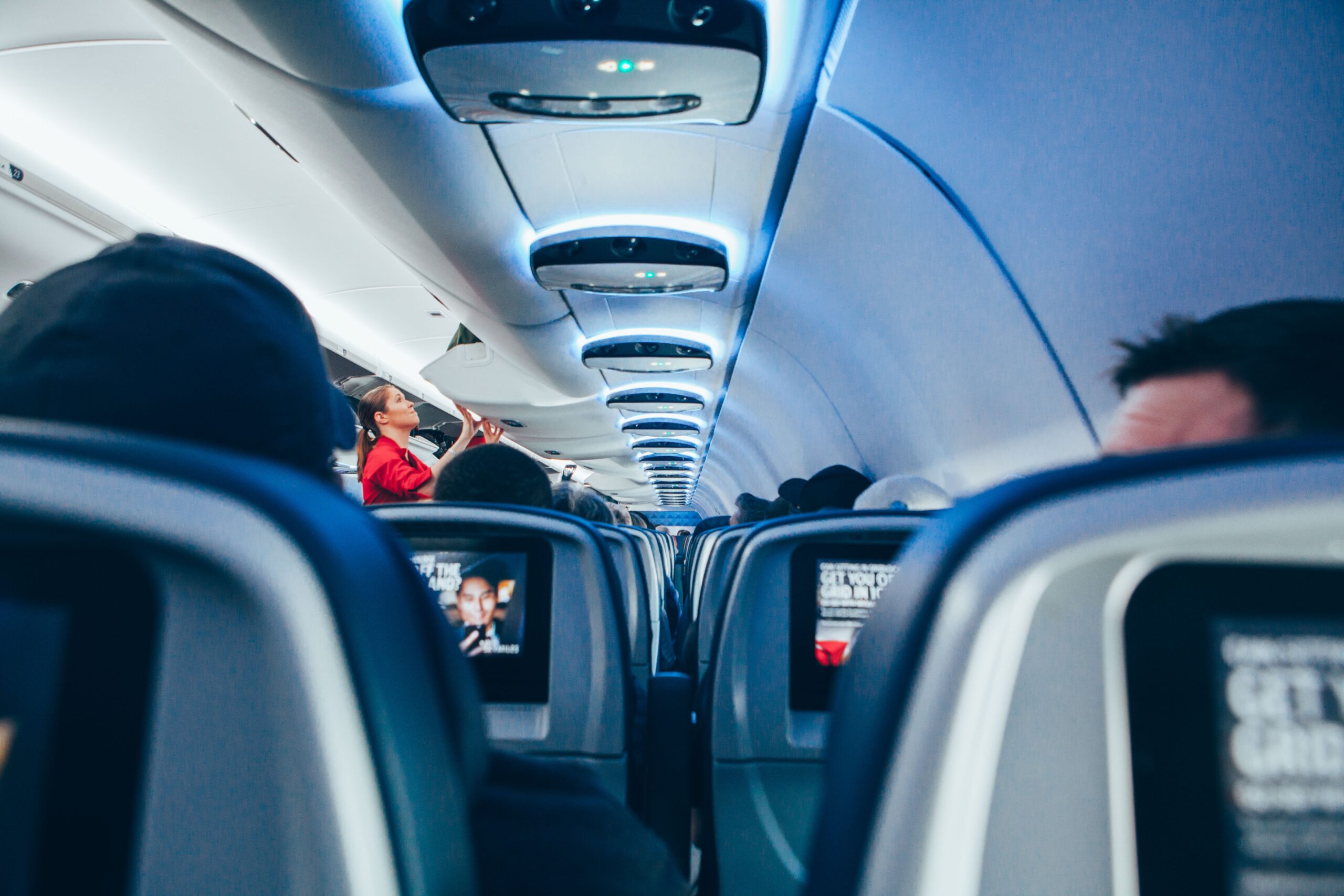Does Flying Slower Actually Save Fuel?

When it comes to air travel, one of the factors that passengers often consider is fuel efficiency. Airlines are constantly looking for ways to reduce their fuel consumption in order to save costs and minimize their environmental impact. One strategy that has been suggested is flying slower. But does flying slower actually save fuel?
At first glance, it may seem counterintuitive. After all, flying slower means spending more time in the air, which would logically require more fuel. However, there are several factors to consider that could make flying slower more fuel-efficient.
Aerodynamic Efficiency
When an aircraft flies at high speeds, it experiences more drag. Drag is the force that opposes the forward motion of the aircraft and requires additional thrust to overcome. By flying slower, the drag is reduced, resulting in less fuel being needed to maintain the same speed.
Additionally, flying slower allows for more efficient use of the aircraft’s wings. At slower speeds, the wings generate more lift relative to the drag, resulting in improved overall aerodynamic efficiency. This means that the aircraft can maintain the same altitude with less engine power, thus reducing fuel consumption.
Operational Efficiency
Another factor to consider is operational efficiency. When an aircraft flies at a slower speed, it requires less frequent engine maintenance. The engines are subjected to less wear and tear, which can result in longer intervals between maintenance checks. This not only reduces costs but also increases the overall efficiency of the aircraft.
In addition, flying slower allows for better air traffic management. Air traffic controllers can more easily manage the flow of aircraft, reducing the need for holding patterns or rerouting, which can result in fuel wastage. By flying slower, pilots can adhere more closely to their assigned flight paths, minimizing delays and optimizing fuel efficiency.
Environmental Impact
Flying slower also has environmental benefits. Aircraft emissions contribute to climate change, and by flying slower, airlines can reduce their carbon footprint. Slower flights result in lower fuel burn and, therefore, lower emissions. This can help to mitigate the impact of air travel on the environment.
Conclusion
While flying slower may seem counterintuitive, it does have its advantages when it comes to fuel efficiency. By reducing drag, improving aerodynamic efficiency, and optimizing operational procedures, airlines can save fuel and reduce their environmental impact. However, it’s important to note that flying slower is just one of many strategies that airlines employ to improve fuel efficiency. From using more fuel-efficient aircraft to implementing advanced air traffic management systems, the aviation industry is continuously working towards a more sustainable future.




